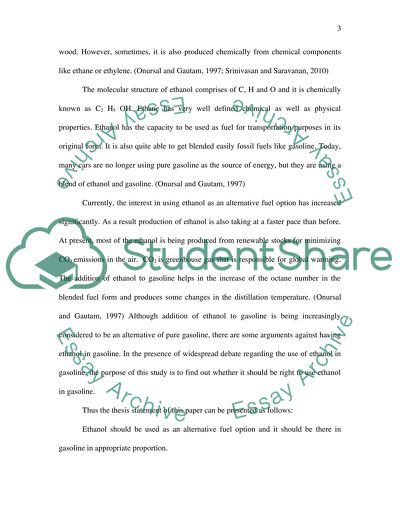Cite this document
(“SHOULD ETHANOL BE REQUIRED IN GASOLINE Research Paper - 1”, n.d.)
Retrieved from https://studentshare.org/family-consumer-science/1408612-should-ethanol-be-required-in-gasoline
Retrieved from https://studentshare.org/family-consumer-science/1408612-should-ethanol-be-required-in-gasoline
(SHOULD ETHANOL BE REQUIRED IN GASOLINE Research Paper - 1)
https://studentshare.org/family-consumer-science/1408612-should-ethanol-be-required-in-gasoline.
https://studentshare.org/family-consumer-science/1408612-should-ethanol-be-required-in-gasoline.
“SHOULD ETHANOL BE REQUIRED IN GASOLINE Research Paper - 1”, n.d. https://studentshare.org/family-consumer-science/1408612-should-ethanol-be-required-in-gasoline.


